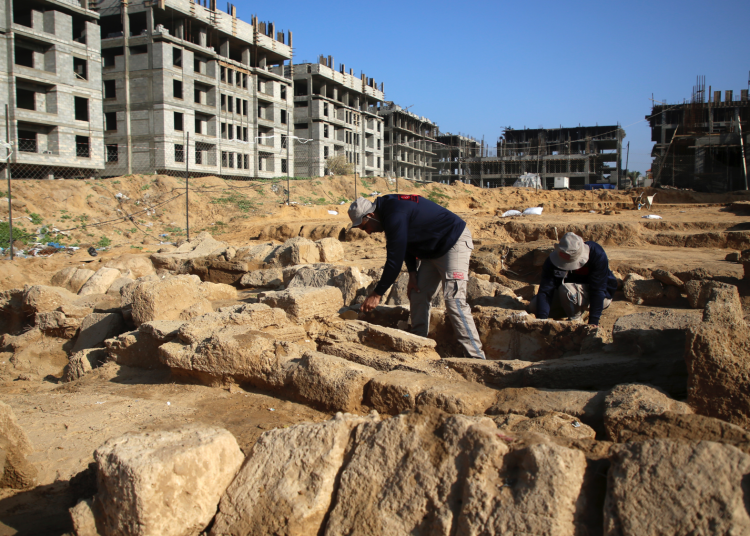Unearthing the Secrets of the Past: The Thrilling World of Ancient Excavation
When we think of archaeology, we often envision Indiana Jones-like adventurers digging up ancient artifacts from long-lost civilizations. The reality, however, is much more complex and fascinating. Archaeology is a meticulous science that involves careful excavation, analysis, and interpretation of the material remains of past human cultures. In this article, we will delve into the thrilling world of ancient excavation and explore the secrets that lie buried beneath the earth’s surface.
The Importance of Archaeology
Archaeology plays a crucial role in helping us understand the past and make sense of the present. By studying ancient artifacts, structures, and human remains, archaeologists can reconstruct the daily lives, beliefs, and customs of past societies. This knowledge not only enriches our understanding of history but also helps us appreciate the diversity and complexity of human cultures throughout time.
The Process of Excavation
Excavation is the process of systematically uncovering and recording archaeological sites. It involves a combination of fieldwork, laboratory analysis, and interpretation. The first step in excavation is surveying the site to determine its boundaries and potential areas of interest. This is followed by the careful removal of layers of soil and debris to expose the underlying structures and artifacts.
Archaeologists use a variety of tools and techniques to excavate sites, including shovels, trowels, brushes, and sieves. They also employ modern technologies such as ground-penetrating radar and 3D scanning to aid in their work. As artifacts are uncovered, they are carefully documented, photographed, and cataloged to preserve their context and ensure accurate interpretation.
The Challenges of Excavation
Excavation is a labor-intensive and time-consuming process that requires patience, skill, and attention to detail. Archaeologists often face challenges such as adverse weather conditions, logistical difficulties, and the delicate nature of the artifacts they are working with. Preservation of the site and its contents is also a major concern, as exposure to the elements can cause irreparable damage to fragile materials.
Another challenge that archaeologists face is the ethical and legal implications of excavation. Many archaeological sites are located on private or protected land, and permission must be obtained from the relevant authorities before any digging can take place. Additionally, there is a growing awareness of the need to involve local communities in the excavation process and respect their cultural heritage and traditions.
The Rewards of Excavation
Despite the challenges, excavation can be a deeply rewarding experience for archaeologists. The thrill of uncovering a previously unknown artifact or structure, the satisfaction of piecing together fragments of the past, and the opportunity to contribute to our understanding of history all make excavation a truly fulfilling pursuit.
Excavation also offers unique insights into the lives of past societies and the ways in which they interacted with their environment. By studying the artifacts and structures left behind by ancient civilizations, archaeologists can gain valuable knowledge about their technologies, economies, social structures, and belief systems.
Common Questions About Ancient Excavation
What types of artifacts are typically found during excavation?
Archaeologists can uncover a wide range of artifacts during excavation, including pottery, tools, weapons, jewelry, and human remains. These artifacts provide valuable clues about the daily lives and practices of past societies.
How do archaeologists determine the age of artifacts?
Archaeologists use a variety of dating methods to determine the age of artifacts, including radiocarbon dating, dendrochronology, and thermoluminescence. These techniques help archaeologists establish the chronology of a site and place it within a broader historical context.
What happens to artifacts after they are excavated?
After artifacts are excavated, they are carefully cleaned, cataloged, and stored in a museum or research facility. Some artifacts may be put on display for the public to see, while others are used for further analysis and research.
Conclusion
Ancient excavation is a fascinating and rewarding field that offers valuable insights into the past. By carefully uncovering and analyzing the material remains of past societies, archaeologists can piece together the puzzle of human history and gain a deeper understanding of our shared heritage. The thrill of discovery, the challenges of excavation, and the rewards of uncovering the secrets of the past all make ancient excavation a truly exhilarating and fulfilling pursuit.












